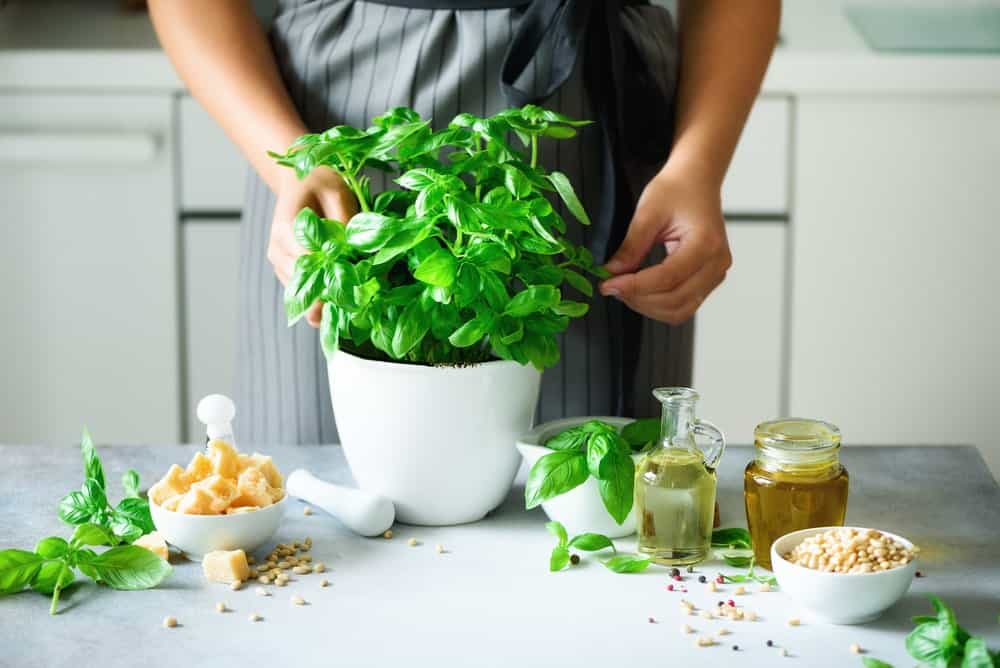
Nowadays, Just about everyone knows what basil is. Some people immediately think of a basil leaf when they hear the word “herb.” So basically, basil is like the face or front-runner of the herb community. I say it deserves the title with it being around a very long time, as early as 807 A.D.
Aside from its numerous culinary uses in salads, pasta, and tons of other dishes, basil also has a lot of health benefits to the body, like vitamins, minerals, and antioxidants. And these vary in a lot of ways when it comes to the different types of Basil, not just its appearance and fragrance.
With that in mind, here is a list of the different types of basil.
African Blue Basil
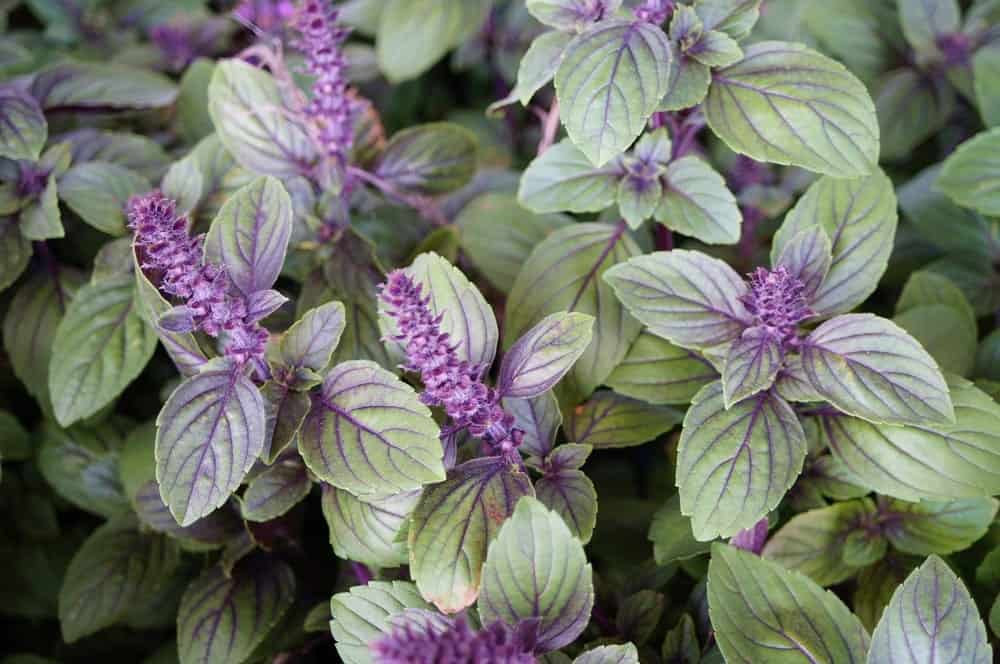
One of the reasons the African Blue basil stands out is because it is one of the tallest varieties of basil, standing at close to four feet in height. In addition, it comes back every year as long as you don’t let it freeze. It is great for both ornamental uses and for culinary uses, including being the perfect addition to a variety of meat, vegetable, and rice dishes.
Ararat Basil
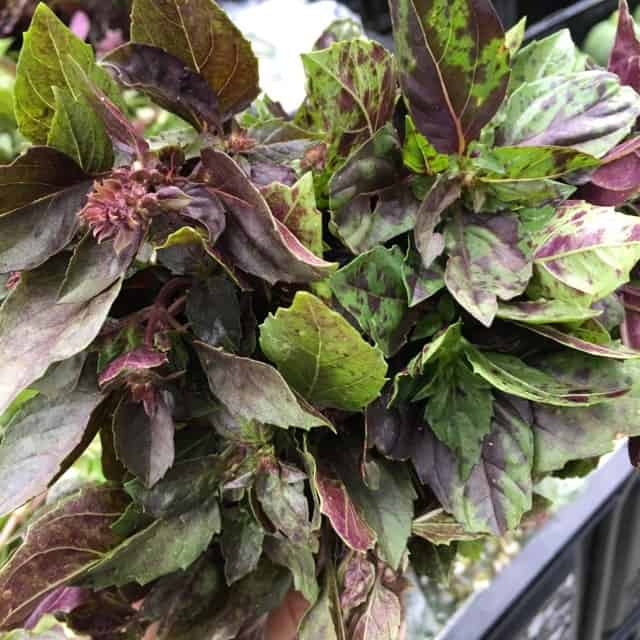
With green-and-purple leaves and small purple flowers, this type of basil is very attractive and can brighten up anyone’s flower arrangement. Its flavor is slightly sweet and somewhat resembles licorice. If you use it in place of regular basil, you might be surprised at how good your dishes taste.
Cardinal Basil
You can easily notice the Cardinal basil because of its beautiful reddish-maroon flowers, but this type of basil is good for more than just ornamental uses. It is a little on the spicy side; therefore, it is perfect to use in oils and vinegars when making salad dressings.
Christmas Basil
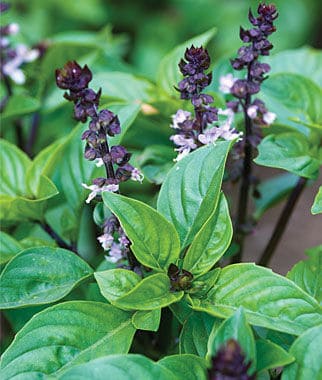
Christmas basil’s fruity flavor is used to add some oomph to dozens of dishes and drinks. Try adding it to a salad for some extra kick. Once you taste it the first time, you’ll wonder how you lasted so long without it. It also contains tall, attractive purple flowers for the perfect complement to its look.
Cinnamon Basil
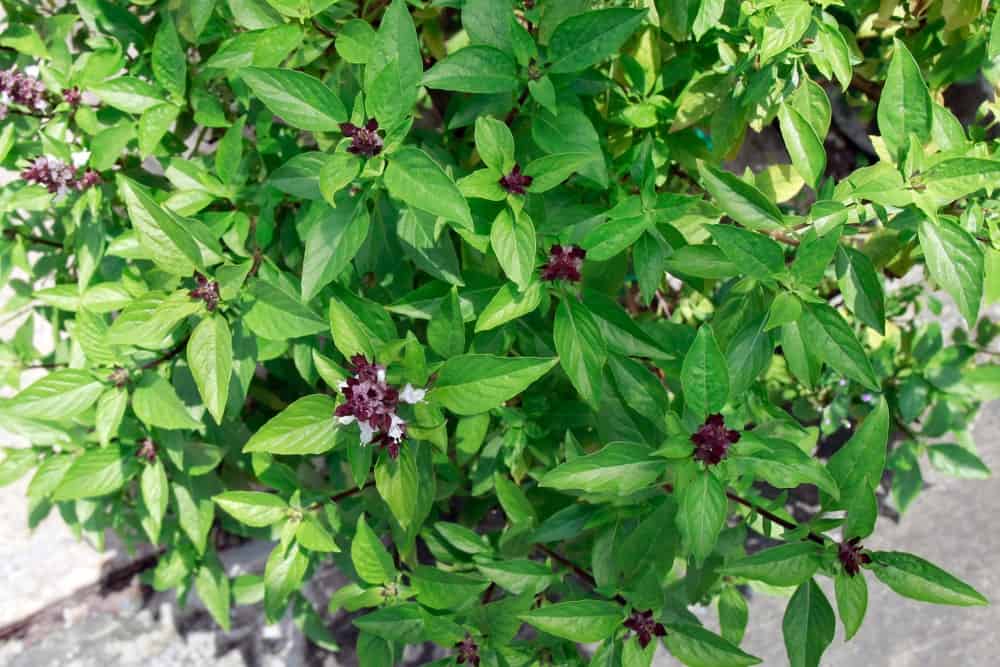
With a spicy flavor and sweet scent, cinnamon basil looks great in flower arrangements but can also be used in various fruit dishes and as a garnish as well. It is a bit different than regular sweet basil, and it is found in a lot of home-improvement stores and nurseries.
Dark Opal Basil
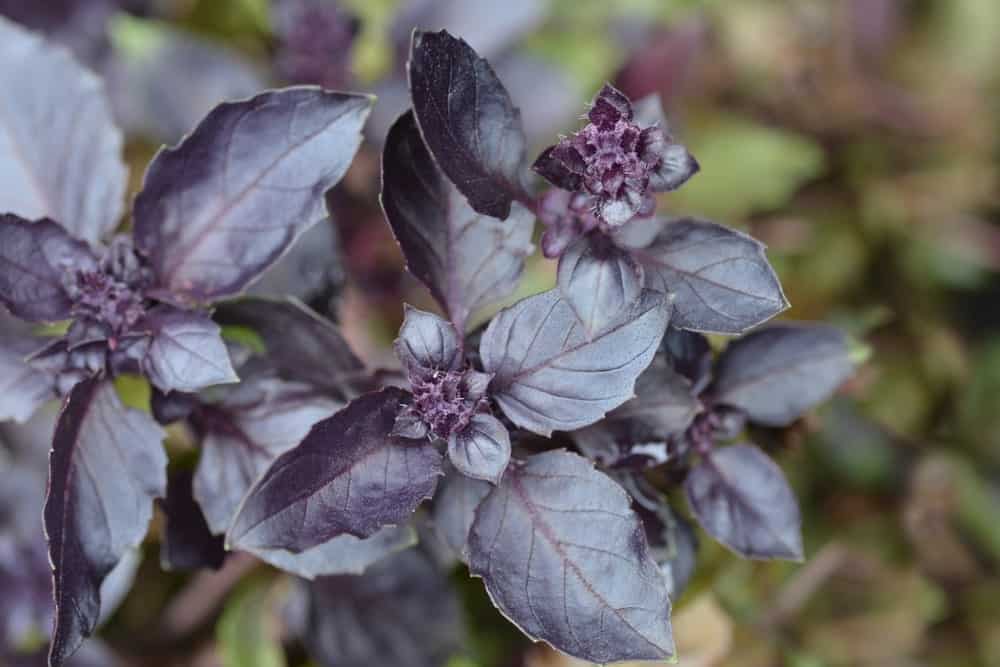
With a beautiful dark purple color, this type of basil is as beautiful as it is tasty. In addition to making a variety of dishes more flavorful, Dark Opal basil is also perfect for placing in your flower arrangements and your garden because it is both attractive and yummy.
Genovese Basil
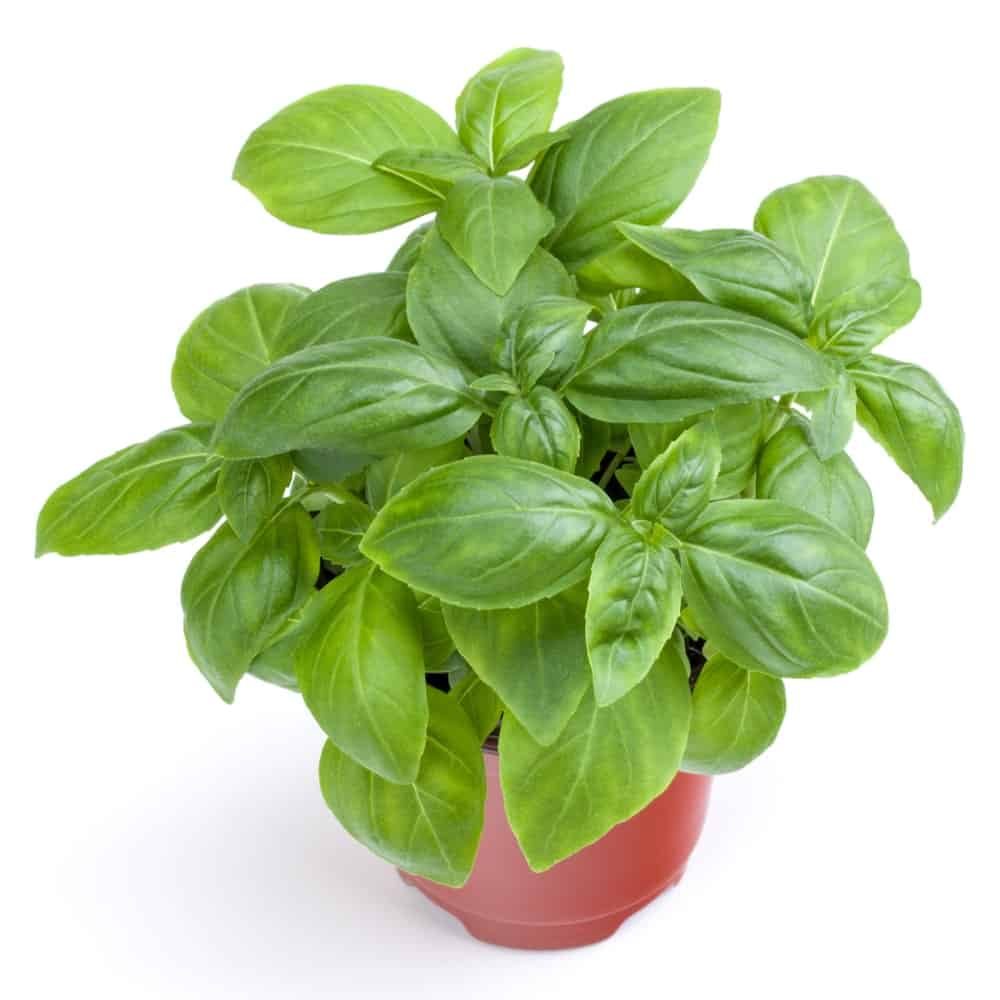
A type of sweet basil, Genovese basil goes great with anything that sweet basil can be used for, including pesto and numerous Italian dishes. The Genovese basil, however, is pointier and flatter than sweet basil, and it also has a much more noticeable aroma.
Greek Basil
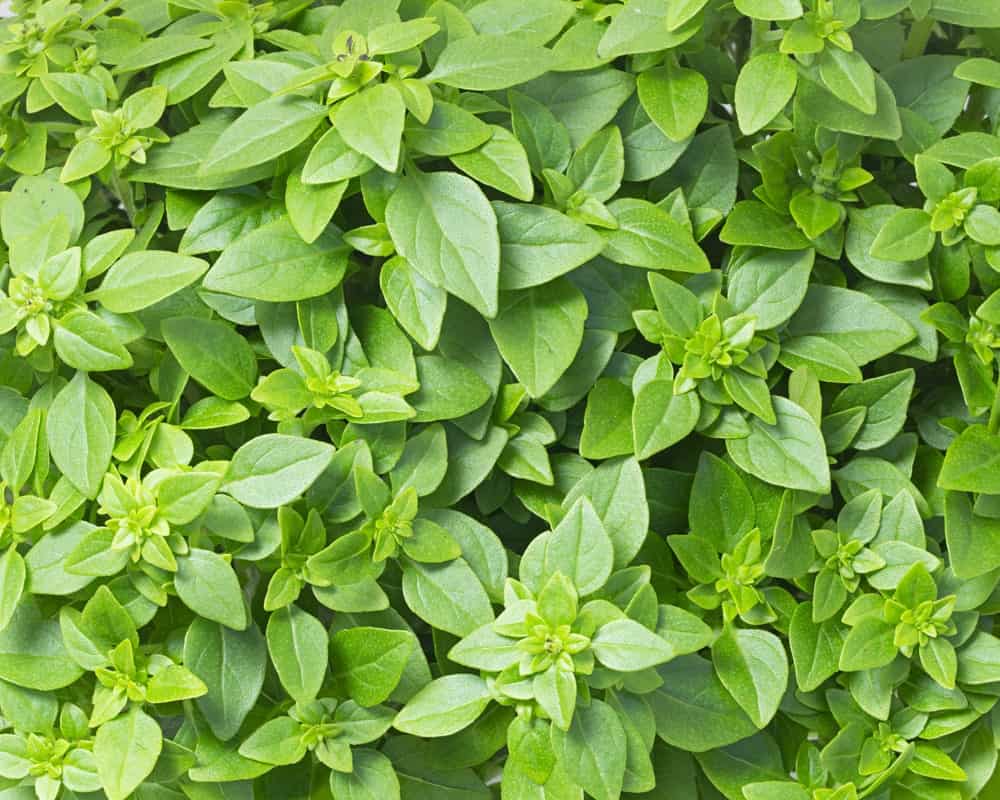
If you love basil but don’t have a lot of room to grow your own, Greek basil is the perfect option for you. It only grows to about eight inches in height, but it still greatly enhances dishes such as soups, salads, and even meat dishes. You can also use it as a garnish to make any meal you’re eating a little more attractive.
Green Ruffles Basil
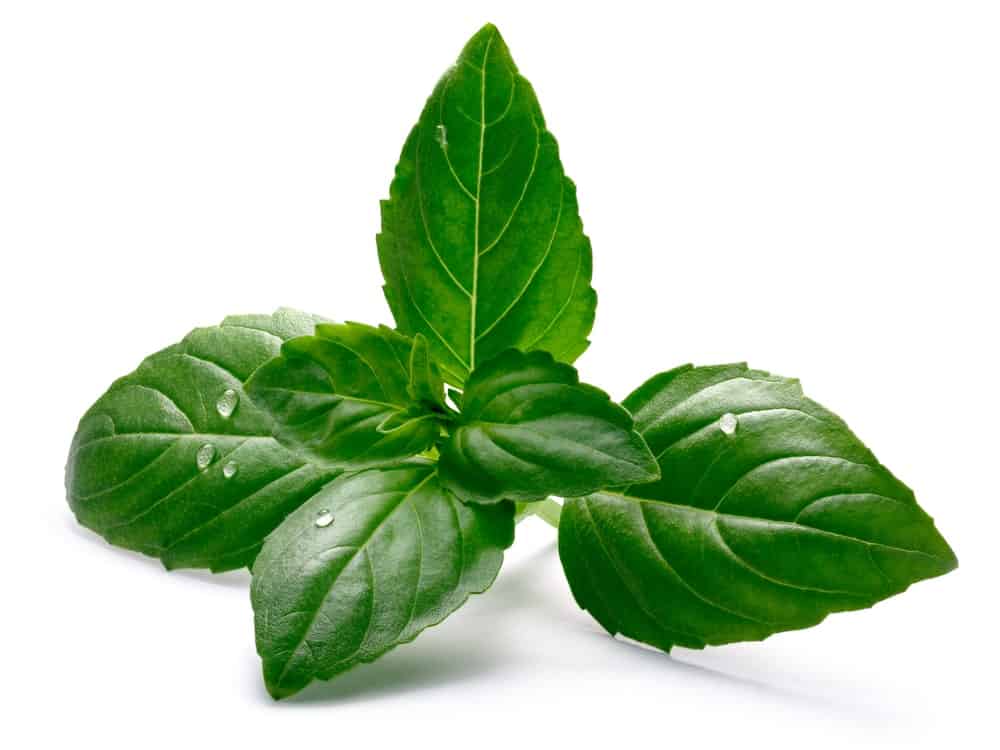
Because of its beautiful color and its mild flavor, Green Ruffles basil is both attractive and tasty. Add it to your pasta and salads for some extra taste and beauty. Its green ruffled leaves will be an eye-catcher for anyone who comes near it.
Holy Basil
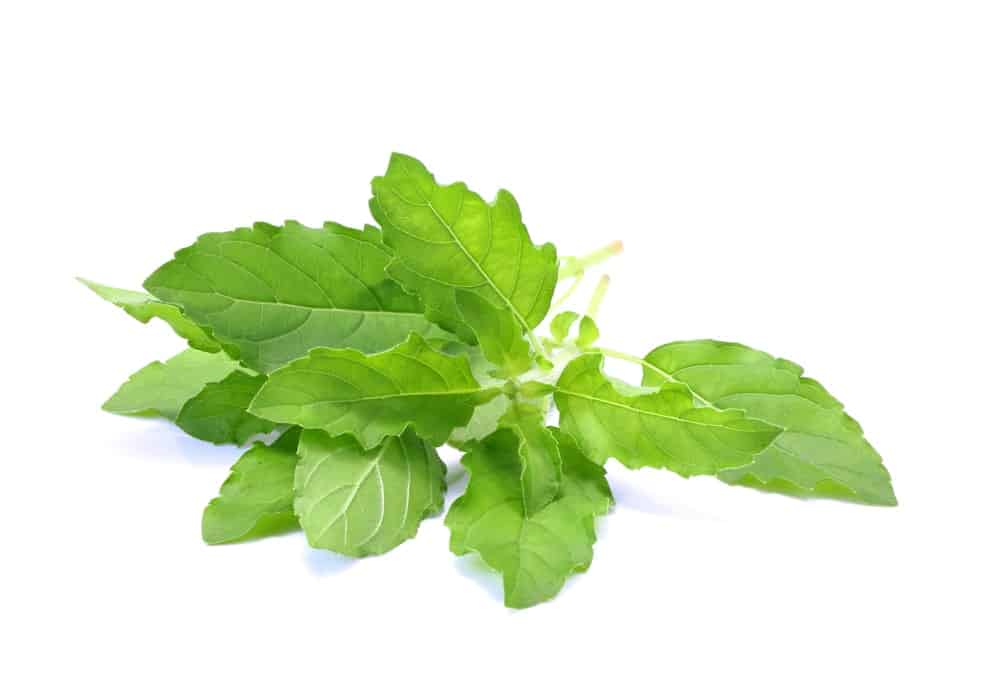
An important part of the Hindu religion, holy basil is also called sacred basil and is great for the immune system as well. It is a plant that tastes great is very nutritious, and can greatly improve your overall health. It is especially easy to consume when included in your next cup of tea.
Italian Large Leaf Basil
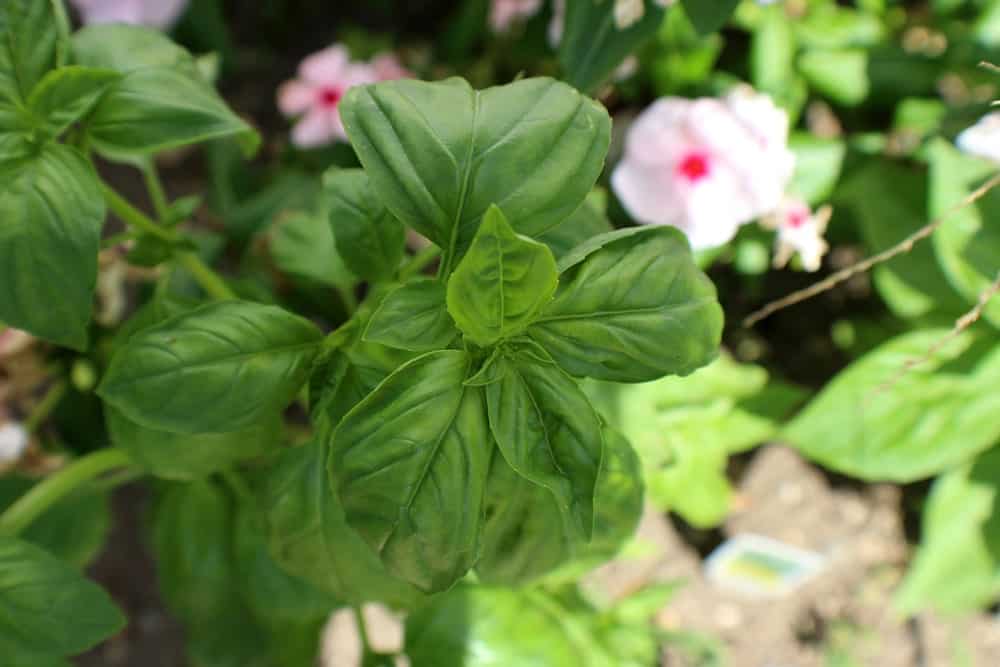
This type of basil has a much sweeter taste and smell than many other types of basil, so if you have a sweet tooth, it can quickly become your favorite type of basil. You can also use it interchangeably in any recipe that calls for sweet basil.
Lemon Basil
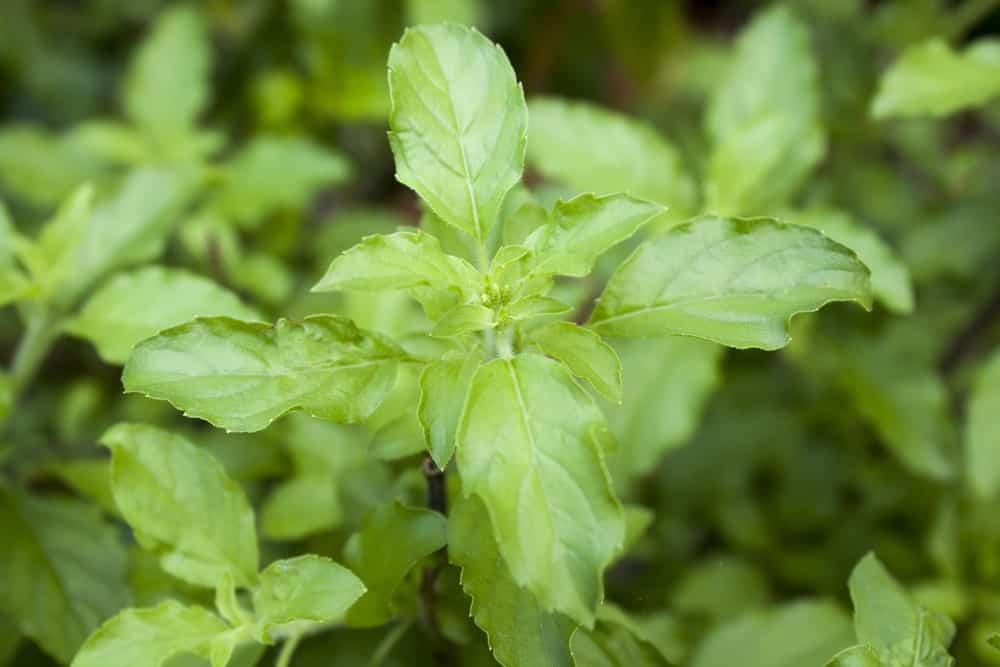
This is a very common and popular type of basil that looks just the same as traditional basil, only with a lemon taste to it. You can include it in salads and various fish recipes and even place a few springs in a big pitcher of lemon-flavored iced tea. It is a very versatile type of basil that can enhance numerous dishes and drinks.
Lettuce Leaf Basil
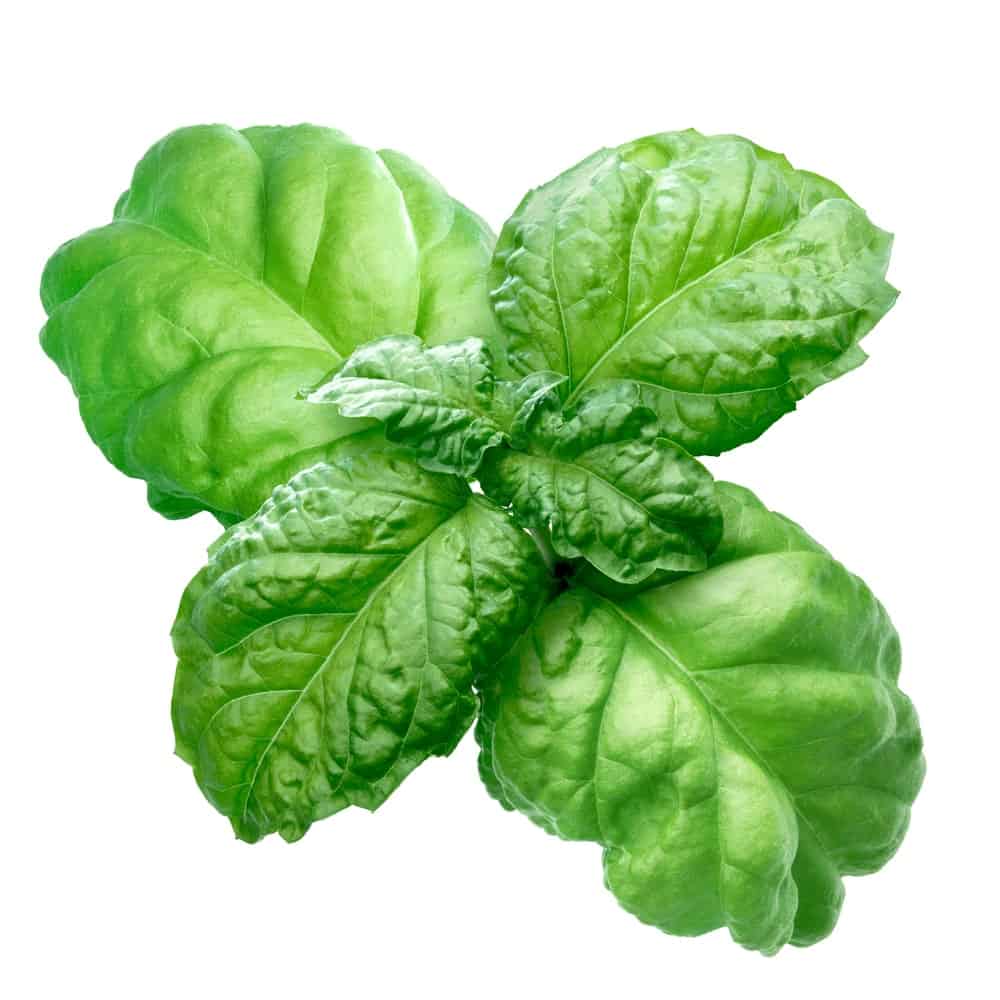
Resembling a head of lettuce, lettuce leaf basil is yet another variety of sweet basil. Because it grows so large, it is one of the most productive types of basil as well.
Lime Basil
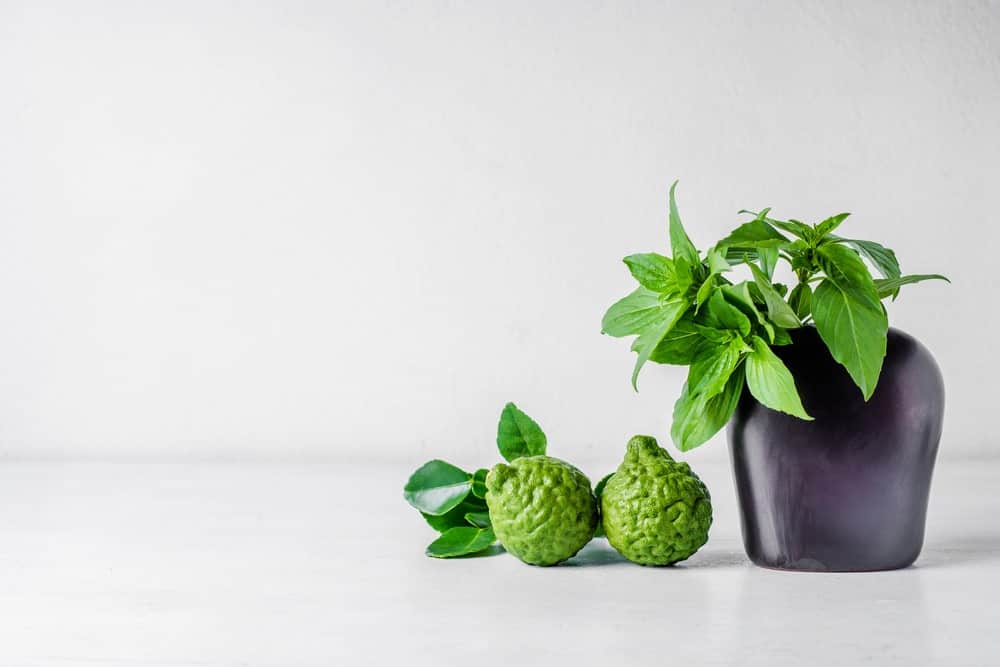
Perfect for a variety of chicken and fish dishes, lime basil packs a great lime taste that you can also add to your favorite margarita or even iced tea. It is also a very small herb, so you don’t need a lot of space in order to grow it successfully.
Napoletano Basil
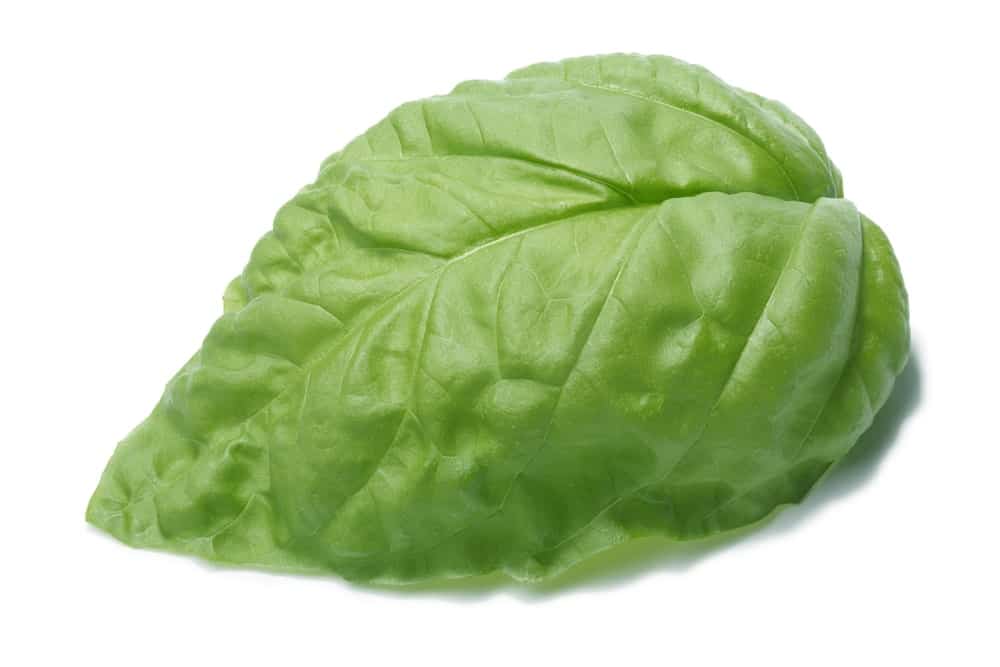
This type of basil is a type of sweet basil but has a little more punch and spiciness to it. Because of this characteristic, Napoletano basil is perfect for pesto as well as for anything you would use sweet basil, but for which you’d prefer a little more oomph. Its mild, anise-like flavor is perfect for dressings, marinades, and a variety of sauces and soups. In fact, you can use this type of basil in both raw and cooked dishes because it is such a versatile herb.
Purple Ruffles Basil
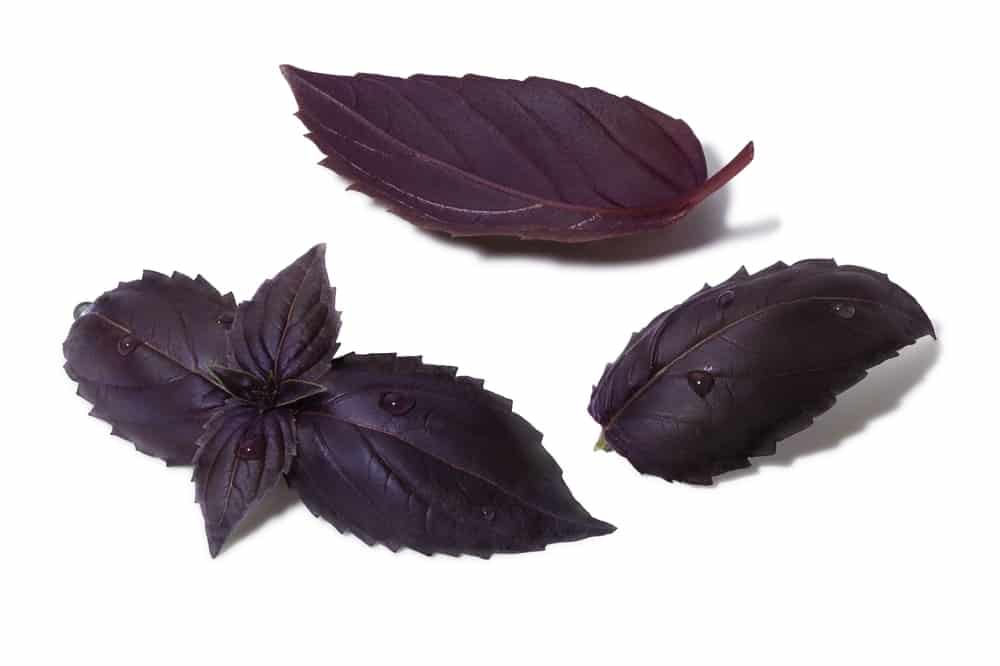
This type of basil is similar to Dark Opal basil, but it has large green leaves and streaks of purple instead of solid purple leaves. It also has ruffled leaves instead of straight ones. You can use the Purple Ruffles basil as an eye-catching garnish to a number of dishes or add it to your garden as you would the Dark Opal basil.
Spicy Bush Basil
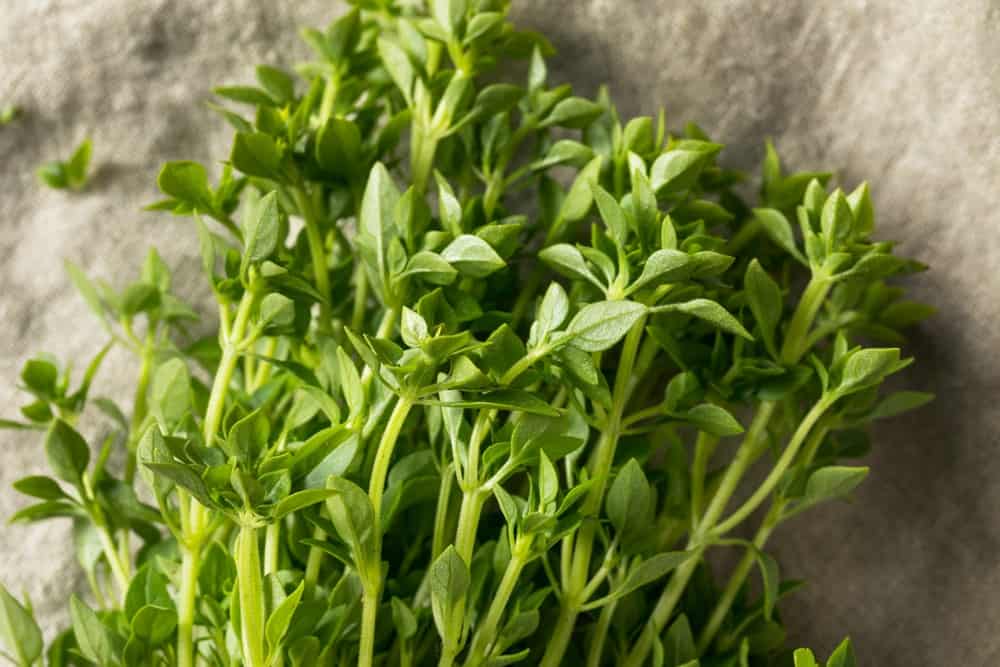
This type of basil resembles a small bush when it is ready to be harvested but it still packs a lot of flavor regardless of its compact size. Try adding it to various soups and sauces; as with other types of basil, a little bit goes a long way.
Spicy Globe Basil
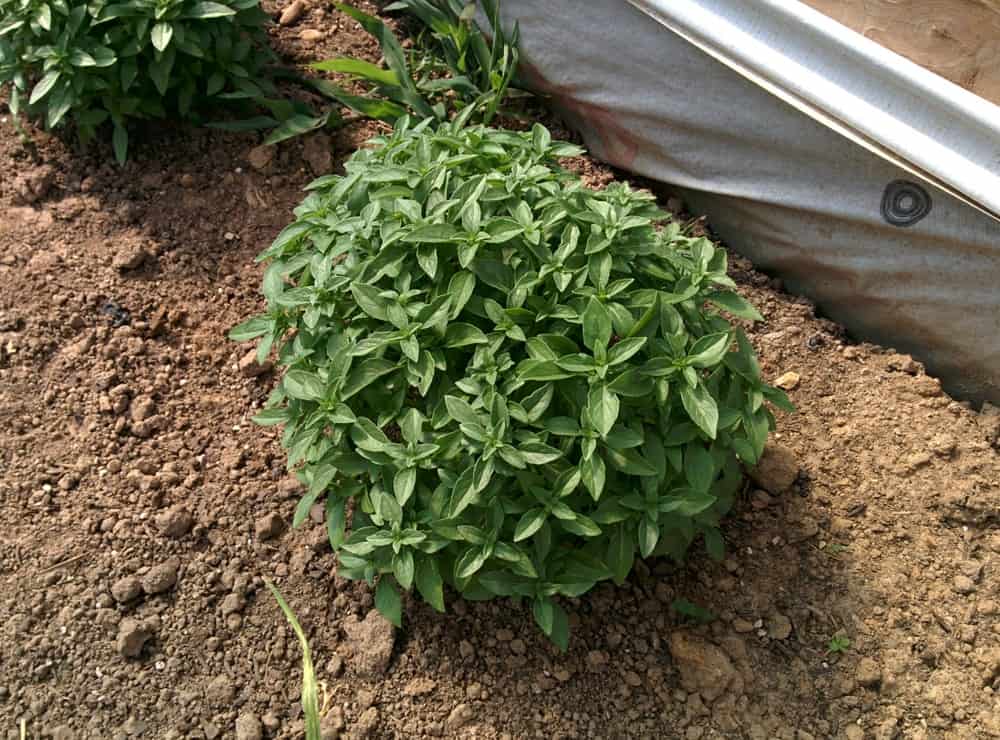
This is yet another type of basil that is small in size, and it goes great in pasta, soups, and salads. It is slightly spicy and makes a perfect addition to your container garden. It grows in a globe shape, hence its name, and at one time, it was very popular with the ruling class, which is why it is sometimes called the “king of herbs.”
Summerlong Basil
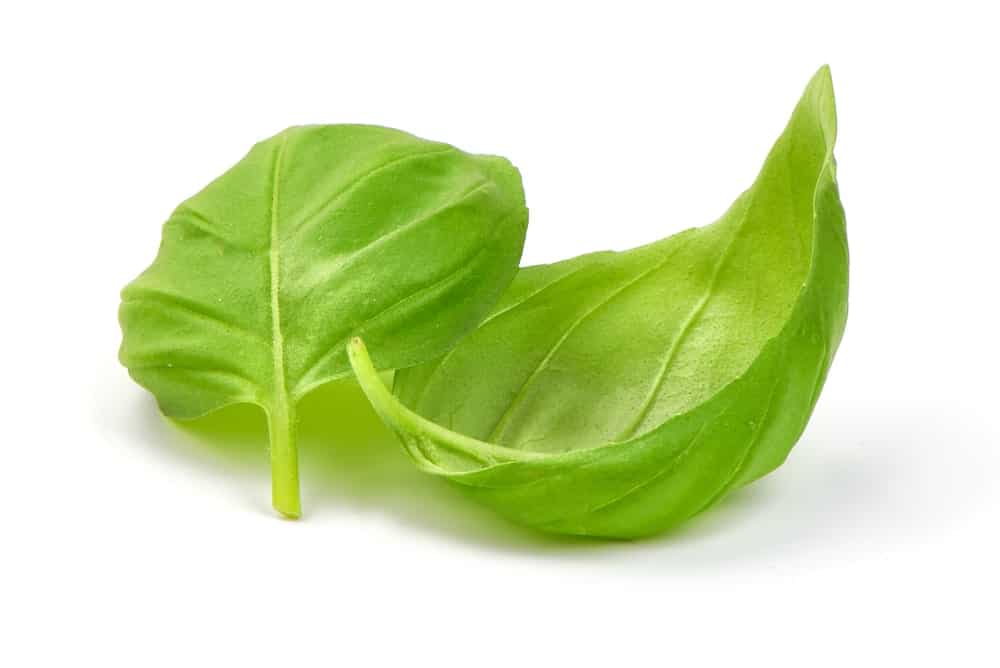
A dwarf type of basil, the Summerlong, usually can be used within 30 to 60 days after planting. If you are growing basil out of containers because you don’t have much room to grow your herbs, the Summerlong basil is perfect. Similar to other types of basil, it is great for a variety of Italian and other ethnic dishes.
Sweet Basil
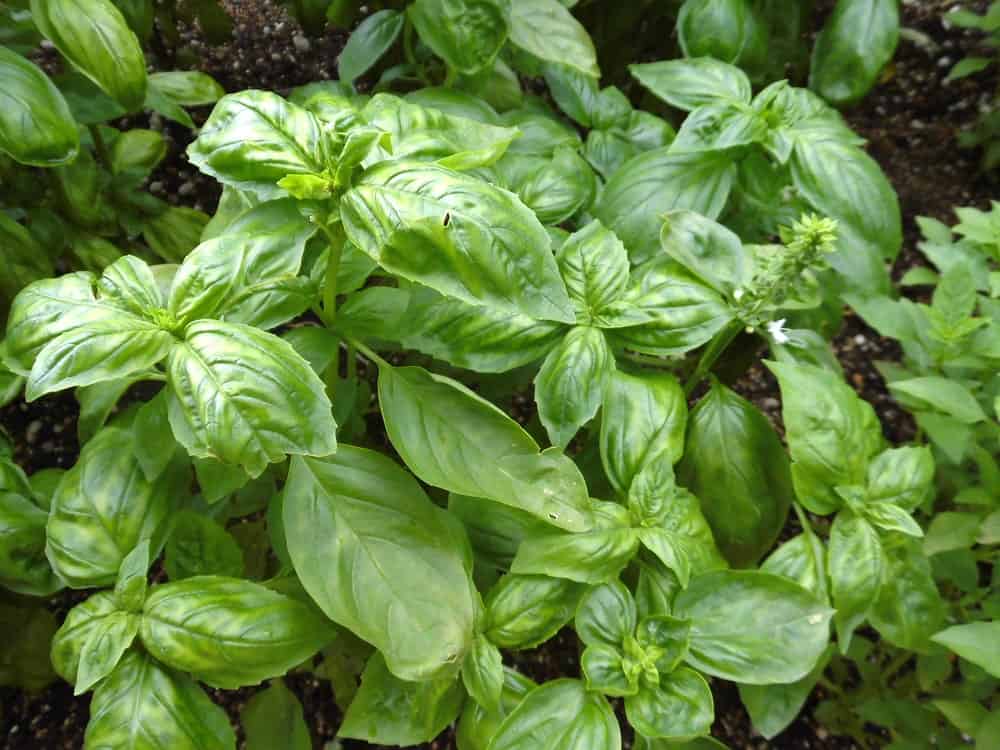
Sweet basil is used for everything from soup to tomato sauce, and it grows very well in a hot, sunny location. In fact, sweet basil is perfect for many Italian dishes, and it is both tasty and easy to grow, even for beginning gardeners.
Sweet Thais Basil
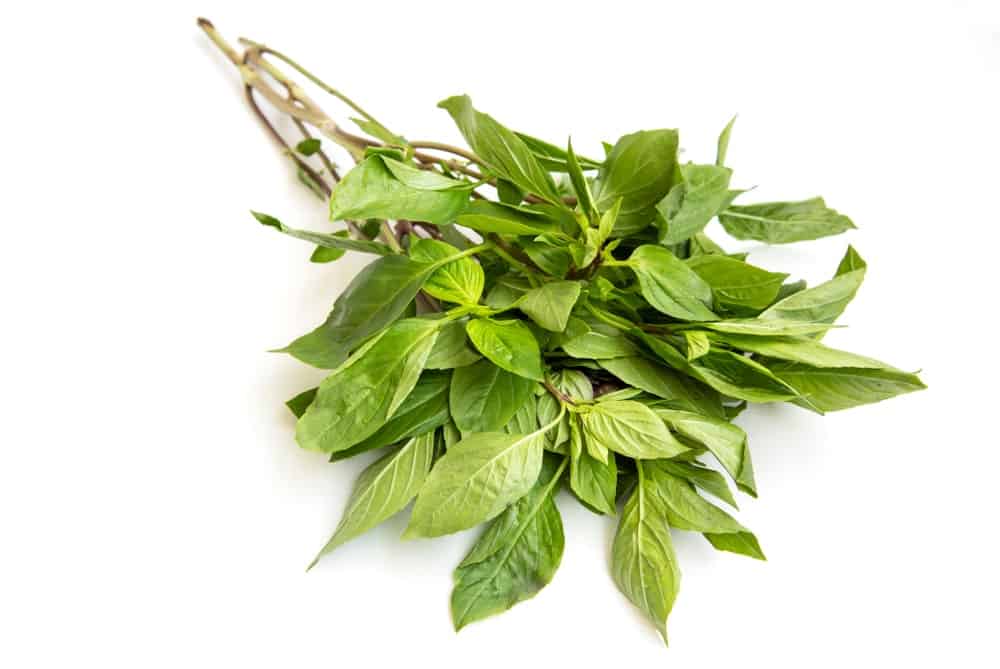
Sweet Thais basil is less common than most other types of basil, and it has an Asian cousin as well. It is pretty spicy, so if this is the taste you’re going for, the Sweet Thais basil is the one for you.
FAQs
What is the proper way to store basil?
To keep basil fresh, trim the stems and place them in a glass with water at room temperature. Avoid refrigeration, as it can damage the leaves. To extend its shelf life, you can also dry or freeze basil for future use.
Are bay leaves basil?
No, bay leaves and basil are different plants. Bay leaves come from the bay laurel tree, while basil is a herb from the mint family. Their flavor profiles and culinary uses are distinct, and they should not be used interchangeably.
Why is my basil turning yellow?
Yellowing basil leaves can indicate various problems, such as over-watering, under-watering, insufficient lighting, or nutrient deficiencies. It’s essential to regularly check your plant and adjust your care routine accordingly to prevent further deterioration.
Why is my basil wilting?
Basil may wilt for numerous reasons, including insufficient water, excessive heat, or root damage. To identify the cause, monitor your plant’s environment and examine its root system. Address any issues you discover to help your basil recover.
How do you grow and care for basil plants?
To grow basil, sow seeds in well-draining soil, providing 6-8 hours of sunlight per day. Keep the soil consistently moist and protect young plants from harsh weather or temperatures. Prune regularly to encourage bushy growth and remove any dead or unhealthy leaves.
What does basil smell like?
Basil has a robust, aromatic scent often described as a mixture of sweet, herbal, and slightly minty notes. Different basil varieties may have varying aroma profiles depending on their specific characteristics.
How long does a basil plant live?
Basil is an annual plant, meaning it typically completes its life cycle within one growing season. Factors such as environment, care, and variety can affect a basil plant’s lifespan. With proper care, some plants may thrive beyond one season.
How to dry basil in a dehydrator
To dry basil in a dehydrator, first clean and thoroughly dry the leaves. Spread them evenly on dehydrator trays, ensuring they don’t overlap. Set the dehydrator temperature between 95-115°F and dry for 2-4 hours. Check periodically for crispness and remove leaves when adequately dried. Store dried basil in an airtight container away from direct sunlight.
